Movie Review – Rebel Moon – Part 1: A Child Of Fire
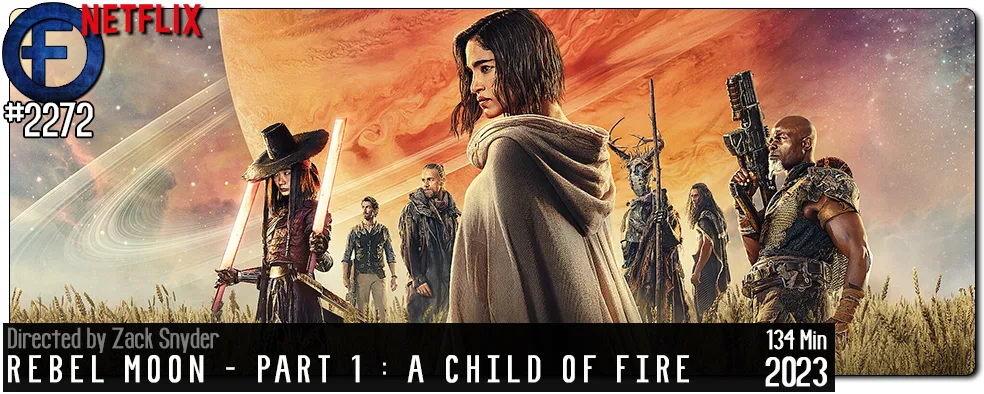
Principal Cast : Sofia Boutella, Djimon Hounsou, Ed Skrein, Michiel Huisman, Doona Bae, Ray Fisher, Charlie Hunnam, Anthony Hopkins, Staz Nair, Fra Fee, Cleopatra Coleman, Start Martin, Ingvar Sidgursson, Alfonso Herra, Cary Elwes, Rhian Rees, E Duffy, Jena Malone, Sky Yang, Charlotte Maggi, Corey Stoll, Stella Grace Fitzgerald.
Synopsis: When a peaceful settlement on the edge of a distant moon finds itself threatened by the armies of a tyrannical ruling force, a mysterious stranger living among its villagers becomes their best hope for survival.
********
Visionary director Zack Snyder returns to the Netflix platform again with his latest (and most expensive) magnum opus, the curiously titled Rebel Moon, with a conspicuously PG Part 1 (subtitled A Child Of Fire, a most astoundingly obvious descriptor for the film’s central character, played by Sophia Boutella); the director best known for comic book adaptations 300, Watchmen, and the scabrous 4-hour version of Justice League endeavours to launch his own franchise with the streaming platform, although why you would deliver such a mild, insufficient effort when there’s a harder-edged R-rated version coming before Part 2 lands this April, baffles me. Ostensibly a rejected Star Wars pitch, Rebel Moon’s slavish origins from Lucas’ classic sci-fi opus and the outright stealing from Akira Kurosawa’s Seven Samurai are unsubtle, with Snyder relying heavily on his exceptional cinematography and overuse of slo-mo to deliver an action film working overtime to entertain.
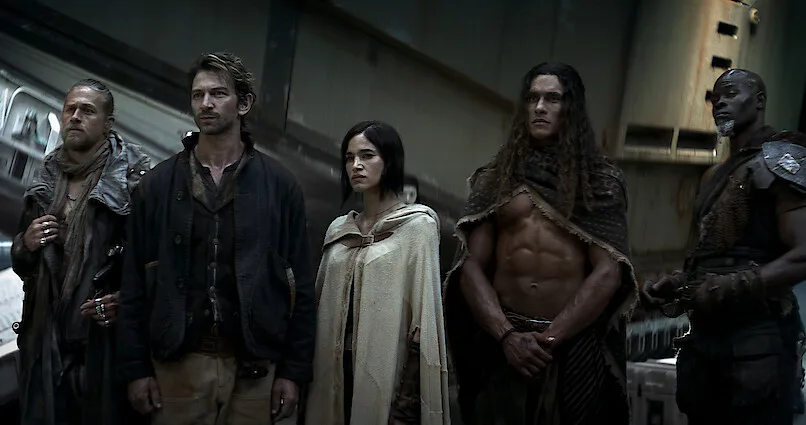
Snyder has become something of a journeyman director since his debut with the remake of Dawn of The Dead. Where 300 and Watchmen have become significant touchstones for both the comic book movie genre and Snyder’s directorial oeuvre, almost all his films since have been met with critical and audience apathy, if not outright hatred. Suckerpunch was a visual treat but the story and characters were bitter as hell, and the relaunch of Superman with Man of Steel, followed by the DC-branded sequels Batman V Superman and then the troubled Justice League, may have made box office but divided the fandom in ways it’s almost impossible to calculate the brand damage. Snyder’s Army Of The Dead landed on Netflix in 2021 and, much like Rebel Moon, is of visual interest but lacks coherence when trying to develop its characters.
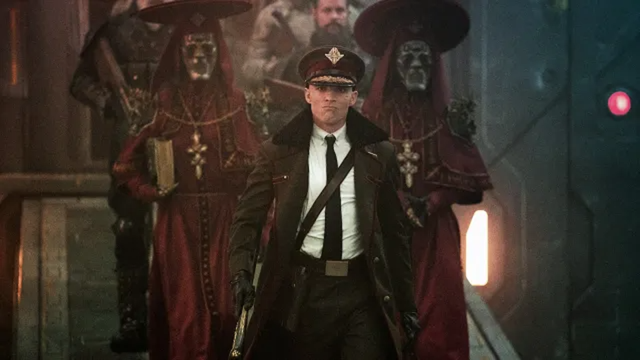
A Child of Fire’s most egregious problem is the writing. The plot and characters are so simplistic, the dialogue so over-the-top or so exposition-heavy, it feels like a cartoon without actually being a cartoon. And it’s not fun – from the pompous world-building opening screed trying to set up this new universe for us to dip into, to a twenty-minute flashback in which Boutella’s character backstory is revealed in excruciating detail, to a bizarre sexual assault sequence that sets in motion the Seven Samurai analogy, Snyder’s film is a sour affair, violently operatic yet without emotional conviction. It’s empty spectacle, as much as this stellar cast all try their damndest to deliver what Snyder and his crisp camerawork demand. Snyder co-writes the script with Kurt Johnstad and Shay Hatten (both of whom have worked with the director previously) and make some really bizarre creative choices with their characters and the way they decide to tell their story. While the first act of A Child of Fire focuses heavily on Kora, when things progress to become more an ensemble piece the character development falls away completely, leaving poor Ed Skrein to shoulder the film’s burdensome exposition and energy. Skrein, channelling Eddie Redmayne in Jupiter Ascending, seems to be participating in a completely different film to everyone else, and although I’ve no doubt he’s having a blast as the odious Atticus Noble, the rest of the movie can’t keep up with him.
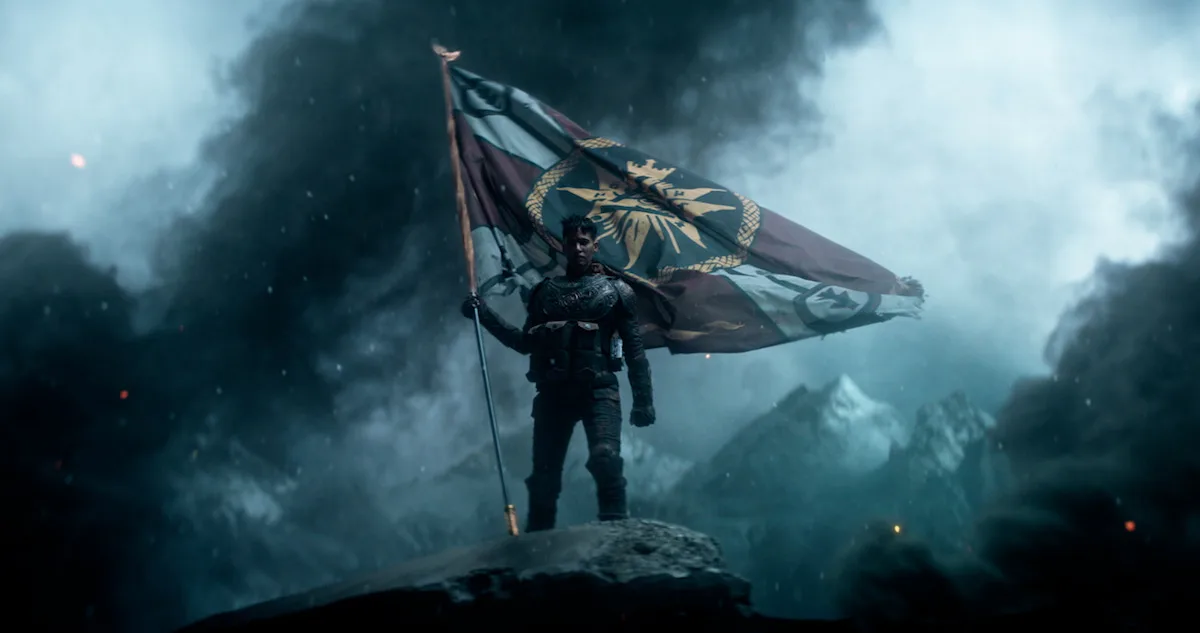
One of the key things with an ensemble piece is that the viewer still needs a central character to latch on to, and here that centrality for Sophia Boutella is undermined by an indifference of value to the rest. Kora is a broken hero, a woman with a past she’s trying to escape but that fate conspires to drag her back into the nexus of the film’s cosmic plot, and the writing in the film limits her depth as a character, her motivations shallow and her likeability predicated on what other characters think of her rather than the viewers themselves. Boutella inhabits the mantle of action heroine superbly, and her athleticism and screen charisma make her a compelling persona within the movie. She’s aided by a remarkably top-tier cast, including Charlie Hunnam (filling the Han Solo role, as a space ratbag), Ray Fisher, Donna Bae, Djimon Hounsou and Michiel Huisman, and while many of them are buried beneath a metric tonne of prosthetics and makeup they stylishly inhabit this lens-flare riddled miasma as best they can.
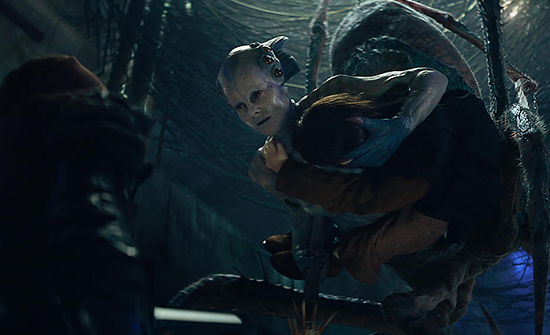
Snyder doesn’t seem to know what to do with them all, however: on the one hand, he aims for sprawling, space-opera shenanigans but cannot muster up a shred of a reason for us to care. The heroes are too bland, the motivation for their collective actions too silly (seriously, why are they scouring the galaxy for mercenaries to save a small farm when there’s likely people on the same planet who could so the same thing?) and the trajectory of the plot too opaque for audiences to really latch onto. There’s a bunch of sidebar adventures that attempt to introduce each of the “samurai” accompanying Kora but they do little other than pad out the film’s running time. Hell, the film even introduces us to the superbly robotic Jimmy, an automaton left on Kora’s farm planet and voiced by Anthony Hopkins (it’s this film’s C3PO), and then promptly leaves him surfacebound while they all traipse into space; one of the best characters is dangled before us before we never see him again. It’s choices like this that make me question the film’s writing significantly.
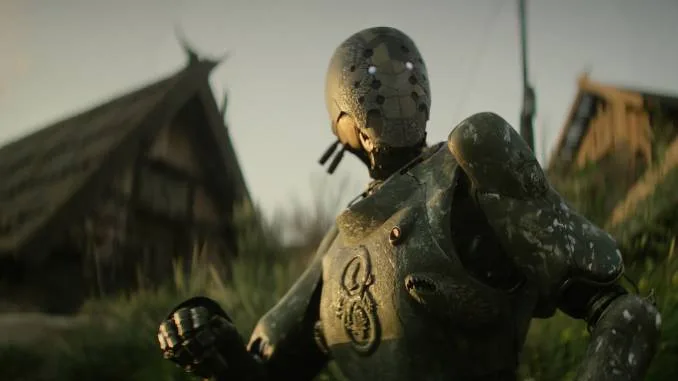
One of the other big problems I had with Rebel Moon is Snyder’s overuse of slo-motion, and his proclivity for lens flares. Slo-motion, when used sparingly and judiciously, can be hugely effective, but here it’s just derivative and spectacle for the sake of spectacle. Dude, not every action sequence needs to be stretched out to twenty minutes of high-speed photography that offers nought but additional minutes in the runtime. As a creative choice, this film doesn’t need it, and by the end of Part 1 you’re aching for it to be over. Snyder also injects a plethora of lens flares into the cinematography, borrowing liberally from the JJ Abrams school of sci-fi visual technique, and much like Abrams efforts on Star Trek, Rebel Moon doesn’t need them. It’s one thing to look cool with a nicely placed flare of light, but if every single shot has one it dilutes the effect until it just becomes annoying. And Rebel Moon’s look is nothing if not annoying. There’s a plasticised green-screen fakeness to Rebel Moon’s production aesthetic that feels like they tried to mimic Lord Of The Rings but didn’t understand that restraint Jackson and his team employed with regards to the limits of the technology. Just because you can do something a certain way, doesn’t mean you should.
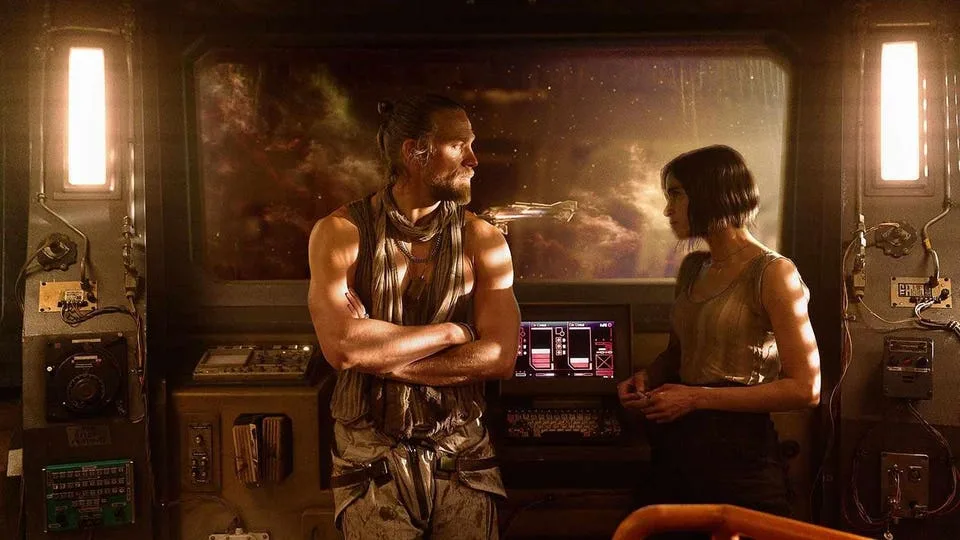
An over-the-top mess of tone, ideas and plagiarism, Zack Snyder’s Rebel Moon Part 1 is close to being an unmitigated disaster. It’s a cartoonish mess although it aspires to be so much more. I’m also doubtful a more adult-oriented directors cut of the film will salvage much, to be honest. The bones of this thing are too thin to support additional weight without a complete re-do. There’s structural problems at play that no amount of editorial panache can fix, although I wait eagerly to be proven wrong; I hope I’m wrong, because the world needs more new franchises to latch onto and I did think Rebel Moon might offer that. But this version is stillborn. It’s superficially dumb fun, and I’m sure there’s an audience out there that lapped this up like I did when I first saw Star Wars, but the longer I think about this project the less I’m inclined to recommend it.
